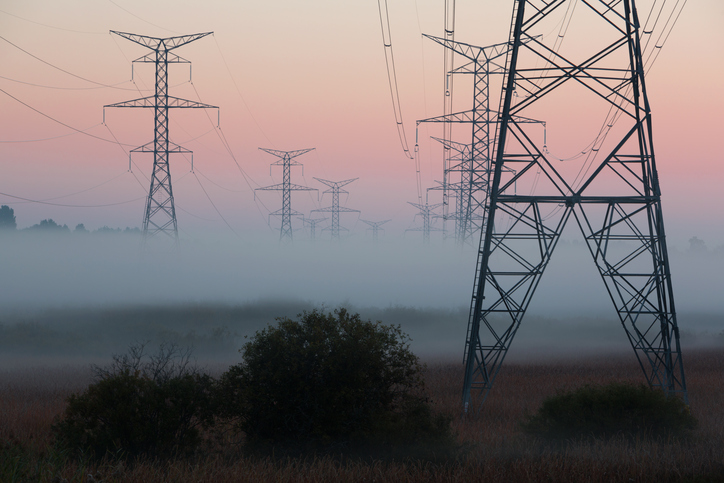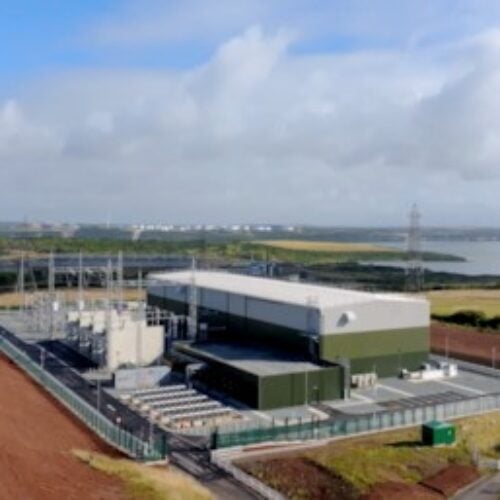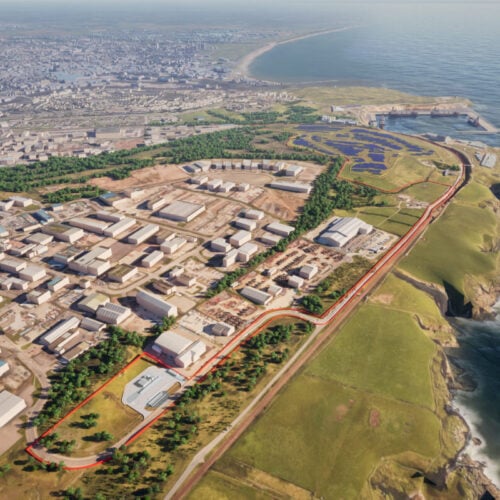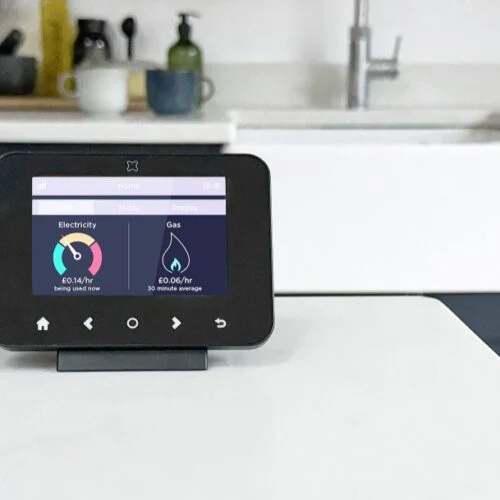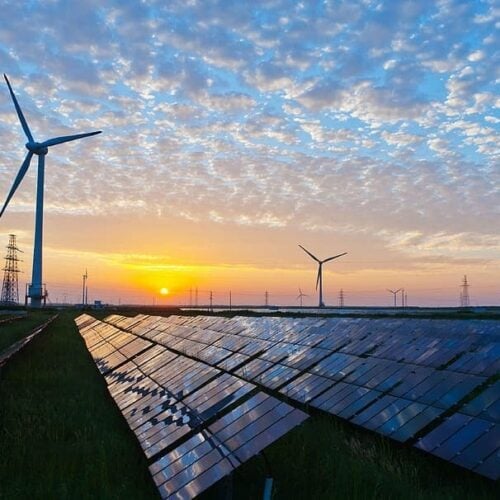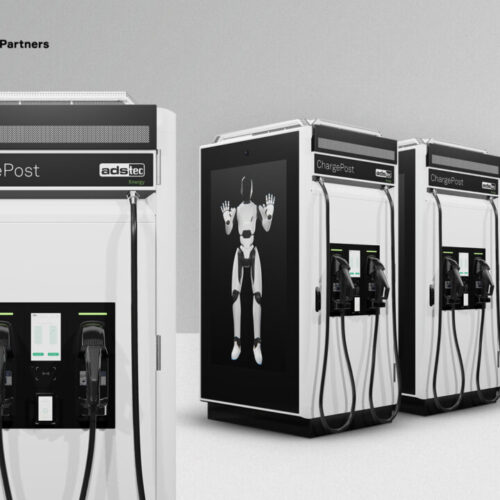National Grid’s Electricity System Operator (ESO) function will be able to operate a zero carbon power system by 2025.
But Fintan Slye, ESO director at National Grid, stressed the demands on the electricity system would require the integration of new and emerging technologies “right across the system”.
The announcement comes as the ESO confirms its legal separation from National Grid’s electricity transmission arm, which comes into effect from today, and at a significant time of change for the UK’s power mix.
Official statistics released last month showed that renewables accounted for 27.5% of UK electricity last year which, when combined with nuclear’s contribution, sent the share from low carbon technologies up to a record high of 49.6%.
Renewables’ growing share of power generation in the UK holds both challenges and opportunities for system operators, perhaps best evidenced by events in late March when soaring wind and solar generation combined with a collapse in demand sent wholesale prices tumbling into the negative for six straight hours.
And such events are only set to become more common, with research and analysis firm Cornwall Insight forecasting that instances of negative pricing in the Balancing Mechanism could spiral by 2034.
In spite of those challenges, National Grid has continued to insist that it has the right suite of tools to maintain the electricity system and, the company has confirmed, it will be capable of operating a zero carbon grid by 2025.
“By 2025, ESO will have transformed the operation of Great Britain’s electricity system and put in place the innovative systems, products and services to ensure that the network is ready to handle 100% zero carbon,” Slye said.
A fundamental change
Such a feat will not be without its demands, however. Slye said achieving zero carbon operation of the electricity system will require a “fundamental change” into how the country’s power cables and systems are operated, with new technologies integrated – including wind, solar and demand-side response – “right across the system”.
National Grid ESO is to spend the next six years identifying the right mix of systems, services and products necessary, bringing forward the design of new competitive marketplaces that will play a role in reducing the cost of system operation.
“Operating a zero-carbon electricity system in 2025, whenever there is sufficient renewable generation, is a major stepping stone to full decarbonisation of the entire electricity system; enabling new technologies and removing barriers to ever increasing levels of renewables,” Slye added.
